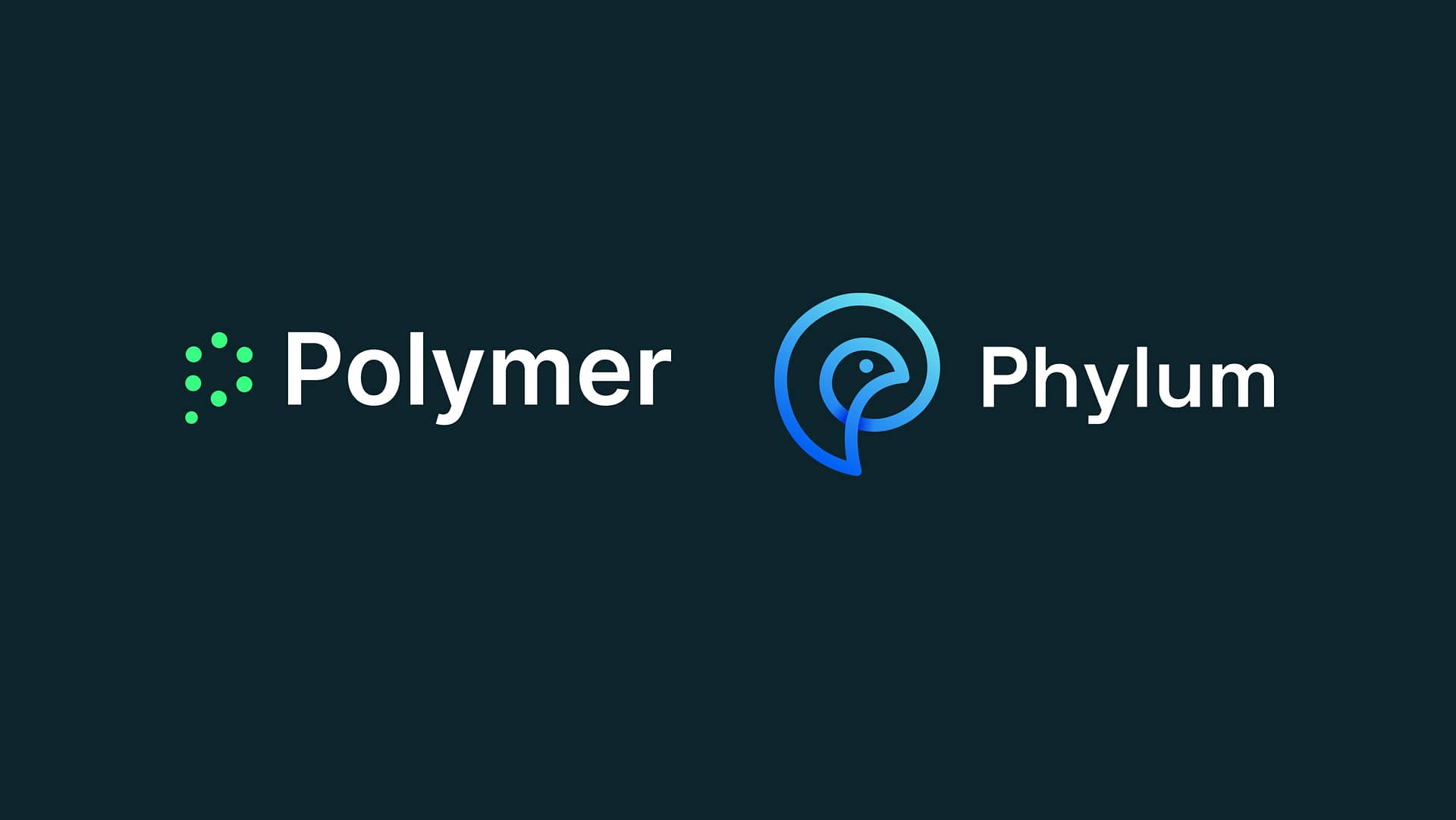DSPM may be the latest buzzword in cybersecurity, but what does it actually do? How does it protect your data in the cloud? In this post, we’ll break down the key use cases of data security posture management (DSPM) to help you understand how this emerging technology works.
Defining data security posture management (DSPM)
Data security posture management (DSPM) may be a new term in cybersecurity—it was first introduced by Gartner in 2022—but its foundations are deeply rooted in the evolution of data protection strategies.
Think of DSPM as the next generation of data-centric security, purpose-built for the complexities of modern cloud environments. Just as data loss prevention (DLP) transformed on-premises security in the early 2000s by focusing on protecting sensitive data, DSPM reimagines this approach for the dynamic, borderless world of cloud computing.
At the heart of DPSM lies AI and automation. These technologies work together to discover, classify, and continuously monitor sensitive data across your entire cloud ecosystem. The result is real-time visibility and intelligence that illuminates potential threats and compliance risks, empowering organizations to protect data with confidence.
But DSPM goes beyond detection. It’s designed for action. Leveraging advanced machine learning, DSPM automates responses to mitigate data security risks and prevent future incidents.
How DPSM works
Data security posture management (DSPM) follows a cyclical approach to safeguarding sensitive data in cloud apps. It identifies, classifies, and secures data while maintaining ongoing protection and compliance. What sets DSPM apart is its ability to operate agentlessly—no need to install software on devices or endpoints—making deployment and management seamless, even in complex cloud environments.
Here’s how it works in practice:
1. Data discovery
The journey begins with locating your sensitive data. DSPM tools scan your entire cloud ecosystem—including storage, applications, and databases—providing a unified view of where your valuable data resides. This comprehensive visibility is critical for understanding your data landscape and ensuring nothing slips through the cracks.
2. Data classification
Once the data is mapped, DSPM classifies it based on sensitivity. Whether it’s personal identifiers, financial records, or proprietary business assets, the system ensures each dataset is categorized correctly. This enables tailored security measures that align with the importance of the data and compliance requirements.
3. Risk assessment and prioritization
With the data classified, DSPM evaluates the risks tied to each dataset. This involves identifying vulnerabilities such as misconfigurations, compliance gaps, or access control weaknesses. Risks are then prioritized based on severity and potential business impact, empowering your team to address critical threats efficiently and effectively.
4. Data protection
Finally, DSPM transitions from analysis to action. It enforces encryption protocols, tightens access controls, and remediates misconfigurations to prevent breaches. More importantly, DSPM doesn’t stop there—it continuously monitors your cloud environment, adapting to new threats in real-time and ensuring your data stays protected 24/7.
Why DSPM is essential in today’s digital landscape
SaaS tools have undoubtedly become the backbone of workplace productivity. They enable seamless collaboration, faster decision-making, and smarter workflows. But while these tools supercharge employee efficiency, they also introduce significant security challenges.
Sensitive data flows freely across these platforms, often beyond the visibility or control of security teams. From documents shared in team chats to customer details fed into AI tools, every interaction presents a potential vulnerability. Unfortunately, native security features in these platforms, while helpful, often operate in silos. They require manual oversight and lack the integration capabilities needed for a cohesive security strategy, leaving teams juggling disconnected controls.
Traditional security tools—designed to manage user access and flag suspicious behaviors—provide some relief. However, they focus on the “who” and “what” of data access, not the “how” and “where.” That means these solutions miss the mark when it comes to real-time protection of sensitive data as it moves across modern cloud environments.
Just consider these scenarios:
- Development team A software development team copies sensitive customer data into a test repository during development. A simple misconfiguration exposes the repository to external threats leaving the organization vulnerable to breaches.
- Unintentional compliance violations: An employee unknowingly breaches compliance by sharing confidential customer information with an external contractor. Without proper safeguards, this small action can lead to compliance fines and reputational damage.
The good news is that DSPM addresses these challenges by shifting the focus from users to the data itself. Unlike traditional tools, DSPM protects sensitive data from the moment it’s created and continues to secure it throughout its lifecycle—no matter how it’s accessed, shared, or stored.
Top DSPM Use Cases
DPSM is a critical solution for addressing today’s most pressing data security challenges, empowering organizations to safeguard sensitive information across sprawling cloud environments while reducing the complexity of modern security operations.
Here’s a closer look at some of DSPM’s most impactful use cases:
1. Autonomous data discovery and classification
Cloud environments are vast and decentralized, making it nearly impossible for security teams to manually track where sensitive data resides or how it’s being used. DSPM solves this by leveraging automation to continuously discover and classify sensitive data across all cloud platforms.
This ensures that every dataset—whether in storage, transit, or use—is accurately identified, categorized by sensitivity, and protected without manual intervention. With DSPM, organizations achieve full visibility into their data landscape, minimizing the risk of overlooked vulnerabilities.
2. Uncovering hidden risks
Proactively identifying risks is crucial for preventing data breaches. However, real-time risk assessment remains a challenge for many organizations. DSPM provides continuous analysis of your cloud environment, offering actionable insights into potential vulnerabilities, misconfigurations, or compliance gaps.
Because it prioritizes risks based on severity and business impact, DSPM enables security teams to make informed, timely decisions to mitigate threats before they escalate into breaches or compliance violations.
3. Automated threat remediation
Evolving threats, misconfigurations, and unprotected data can strain even the most robust security teams. DSPM automates the remediation process, applying corrective measures—such as adjusting permissions, encrypting data, or fixing configurations—immediately after a risk is detected.
This hands-off approach not only saves time but also ensures a consistently strong security posture, reducing the likelihood of human error.
4. Simplified compliance with a proven audit trail
Managing compliance across multiple cloud platforms can be a logistical nightmare, particularly when sensitive data is involved. DSPM streamlines the process by maintaining an automated audit trail that documents all actions taken to secure data.
This level of detail simplifies regulatory reporting and provides assurance during audits, ensuring your organization is always prepared for compliance checks and meeting industry standards.
5. Reducing the burden on understaffed security teams
With security teams often stretched thin, DSPM offers relief through a unified, holistic view of the entire cloud environment. Its single-dashboard approach eliminates the need to manage multiple tools or platforms, reducing complexity and enabling teams to focus on the most pressing threats.
6. Preventing shadow AI and shadow IT
Unauthorized use of AI tools (“shadow AI”) and unapproved devices or applications (“shadow IT”) are growing threats as employees seek flexible solutions outside approved workflows. Traditional security measures often fail to account for these risks, but DSPM is different.
Because DSPM is data-centric, it protects sensitive information regardless of where it resides, who accesses it, or which tool interacts with it. By continuously monitoring data movement and usage, DSPM shines a light on hidden risks, ensuring no gaps are left for shadow IT or AI to exploit.
7. Cloud DLP
Traditional DLP strategies focus on restricting access and preventing unauthorized data sharing, but they struggle to adapt to the dynamic and interconnected nature of cloud environments. DSPM builds on these strategies by offering data-centric security that operates in real time. It extends the principles of DLP by discovering and protecting sensitive data as it moves, ensuring continuous enforcement of security policies across cloud ecosystems.
8. Deep cloud visibility
The decentralized nature of cloud environments makes managing data security a complex task. Sensitive data often resides across disconnected cloud applications, increasing the risk of misconfigurations and breaches. DSPM addresses this by providing a centralized approach to identifying, monitoring, and securing data across cloud platforms, ensuring consistent protection no matter where data lives or how it is accessed.
Challenges in implementing DSPM
For all its benefits, adopting DPSM is not always a straightforward road. The market is saturated, and organizations must beware of vendors claiming to sell DPSM, when really they are offering CSPM or CASBs.
With that in mind, here are some crucial questions to ask vendors to ensure their solution is fit for purpose.
- Is it passive or proactive? Some DSPM tools stop at visibility—showing you where sensitive data is stored—but fail to take meaningful action to protect it. These passive solutions often flood security teams with a long list of vulnerabilities, providing little context about their actual threat level or whether they’re being exploited. This lack of prioritization creates noise instead of actionable insights. Effective DSPM tools go further, pairing comprehensive visibility with automation to not only identify risks but also proactively address them, ensuring faster responses to evolving threats.
- Does the solution only use RegEx classification? While regular expressions (RegEx) can quickly identify patterns in data, they often fall short in accuracy. For instance, a reference number could be misclassified as a credit card, triggering false positives that overwhelm your security team and dilute focus from genuine risks. To overcome this limitation, look for DSPM tools that combine RegEx with advanced natural language processing (NLP). This hybrid approach enhances precision, reduces false positives, and allows your team to focus on addressing real threats.
- Is it low-code? Lengthy and complicated deployments can derail security initiatives before they even start. Traditional solutions often require extensive setup and resources, delaying your ability to secure sensitive data. Modern DSPM tools streamline this process with low-code or no-code deployments, enabling you to start protecting your cloud environment in minutes. This simplicity allows you to bypass technical roadblocks and focus on securing data without wasting time or resources.
- Does it incorporate human risk management? Blocking risky actions without explaining why can frustrate employees and lead to workarounds, undermining security efforts. Traditional tools often miss the mark by ignoring the root cause—human error. Leading DSPM solutions address this gap by integrating real-time training and behavioral insights. They guide employees on why certain actions are risky and how to make safer decisions, fostering a security-conscious culture that enhances protection over time.
What to look for in a DPSM tool
When evaluating a DSPM tool, it’s important to focus on more than just basic visibility. The best solutions provide comprehensive, data-centric protection that evolves with your business needs. Here’s what to look for in a top-tier DSPM solution:
- Automation and intelligence: A great DSPM tool should automate the discovery, classification, and securing of sensitive data across your cloud environments. Leveraging advanced technologies like RegEx and natural language processing (NLP), it eliminates the need for manual intervention, reducing human error and providing seamless, continuous protection.
- Real-time remediation: Look for a DSPM solution that offers real-time risk assessment and automated remediation. This means that vulnerabilities are identified and addressed instantly, so your security team can stay ahead of potential threats without being bogged down by false positives or unprioritized risks.
- Build a culture of security: Security is not just about technology—it’s also about people. A great DSPM solution integrates human risk management by embedding contextual, real-time prompts into employees’ workflows. This guides them to make secure decisions as they work, fostering a culture of security and reducing risky behaviors in real-time.
- Bi-directional protection for generative AI: As generative AI tools like ChatGPT become a bigger part of the workplace, it’s essential that your DSPM solution extends protection to these technologies. The best tools provide bi-directional safeguards, securing both user inputs and AI-generated outputs, ensuring sensitive data stays protected no matter how it’s used.
- Proactive security: The best DSPM solutions don’t just react to threats—they proactively prevent them. With a focus on securing data before incidents can occur, these solutions deliver a unified, data-first security strategy that adapts to your evolving cloud and AI environments.
Start your DPSM journey today
As cloud usage skyrockets, the stakes for securing sensitive data have never been higher. With cloud environments growing more complex by the day, organizations can no longer afford to rely on outdated security methods. DSPM is a must to mitigate emerging risks and protect your data in the ever-growing cloud.
Polymer DLP delivers the advanced, automated protection you need to secure sensitive data across your cloud applications. With our solution, you gain complete visibility and control over your SaaS environments—enabling you to proactively detect risks, address vulnerabilities in real time, and stop potential breaches before they happen, all while building a culture of security.Don’t wait for a breach to force your hand.
Request a free demo today and see how Polymer DLP can streamline security and compliance in your cloud workloads.










